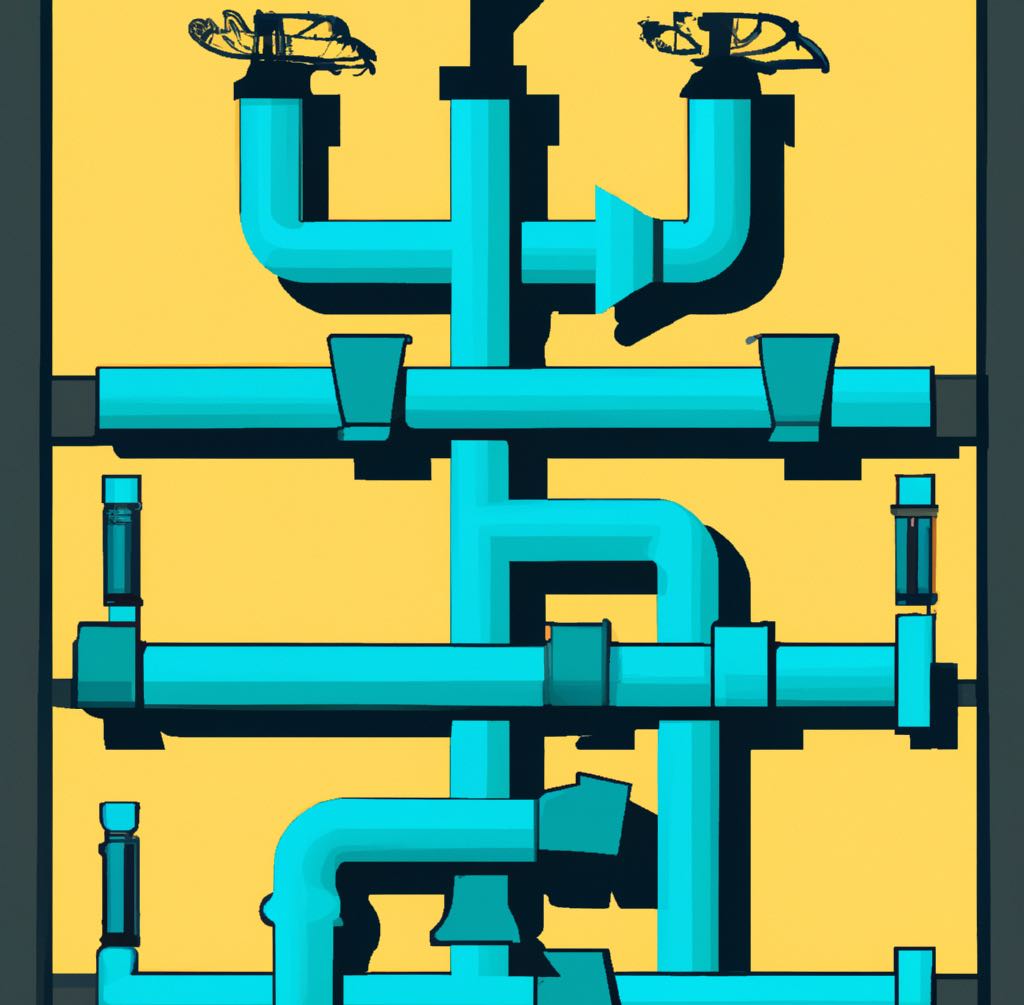CI/CD, or Continuous Integration/Continuous Delivery, is a set of practices and tools used by software development teams to automate the process of building, testing, and deploying software. It is a methodology for delivering software changes frequently and reliably, improving the speed and quality of software delivery.
Continuous Integration (CI) is the practice of automatically building and testing code changes every time a developer pushes new code to the code repository. The goal of CI is to catch code defects and integration issues early in the development process, before they can cause more significant problems.
Continuous Delivery (CD) is the practice of automating the release of software changes to production, ensuring that software is always in a releasable state. The goal of CD is to reduce the time and effort required to release software changes to production, allowing organizations to release software more frequently and with greater confidence.
CI/CD typically involves the use of various tools and technologies, such as version control systems, build automation tools, testing frameworks, and deployment automation tools. Here’s how CI/CD works:
- Developers commit code changes to a code repository, such as Git.
- A Continuous Integration (CI) server monitors the code repository for changes and automatically builds and tests the code changes.
- If the build and tests are successful, the CI server deploys the code changes to a staging environment for further testing and validation.
- Once the code changes are validated in the staging environment, they are automatically deployed to production using a Continuous Delivery (CD) pipeline.
- The CD pipeline includes automated tests, approval gates, and deployment automation tools, ensuring that software changes are released quickly and reliably.
Continuous Integration (CI) is the practice of frequently integrating code changes into a shared repository and verifying that the changes don’t introduce errors, conflicts or break existing functionalities. The following are some of the main tools used for CI:
- Jenkins: Jenkins is an open-source automation server that can be used to automate software builds, testing, and deployment. It has a vast plugin ecosystem, allowing it to integrate with various tools and platforms, including Git, GitHub, and Docker.
- Travis CI: Travis CI is a cloud-based CI service that supports a wide range of programming languages, including Python, Ruby, and JavaScript. It integrates with GitHub and Bitbucket, making it easy to set up and use.
- CircleCI: CircleCI is another cloud-based CI service that offers support for multiple languages and platforms. It has a user-friendly interface and can be integrated with GitHub, Bitbucket, and GitLab.
- GitLab CI/CD: GitLab CI/CD is a part of the GitLab platform, which provides a complete DevOps solution. It enables developers to build, test, and deploy their code using a single platform. It supports multiple languages and platforms, and it’s free and open-source.
- Bamboo: Bamboo is an enterprise-level CI server that can be used to automate software builds, testing, and deployment. It integrates with multiple platforms and tools, including Git, Bitbucket, and Jira.
- TeamCity: TeamCity is another enterprise-level CI server that supports multiple languages and platforms. It has a user-friendly interface and integrates with various tools, including Git and GitHub.
These tools can help you automate your software development processes, reduce manual errors, and speed up your release cycles.
Continuous Delivery (CD) is the practice of automating the process of delivering software to production. The following are some of the main tools used for CD some overlap with CI.:
- Jenkins: Jenkins is an open-source automation server that can be used for both CI and CD. It has a vast plugin ecosystem, allowing it to integrate with various tools and platforms, including Git, GitHub, and Docker.
- CircleCI: CircleCI is a cloud-based CI/CD service that offers support for multiple languages and platforms. It has a user-friendly interface and can be integrated with GitHub, Bitbucket, and GitLab.
- GitLab CI/CD: GitLab CI/CD is a part of the GitLab platform, which provides a complete DevOps solution. It enables developers to build, test, and deploy their code using a single platform. It supports multiple languages and platforms, and it’s free and open-source.
- Spinnaker: Spinnaker is an open-source, multi-cloud CD platform that can be used to automate the delivery of applications to various cloud platforms, including AWS, Azure, and Google Cloud Platform.
- Azure DevOps: Azure DevOps is a cloud-based DevOps platform that provides CI/CD services. It can be used to build, test, and deploy applications to various platforms, including Azure and AWS.
- Travis CI: Travis CI is a cloud-based CI/CD service that supports a wide range of programming languages.
